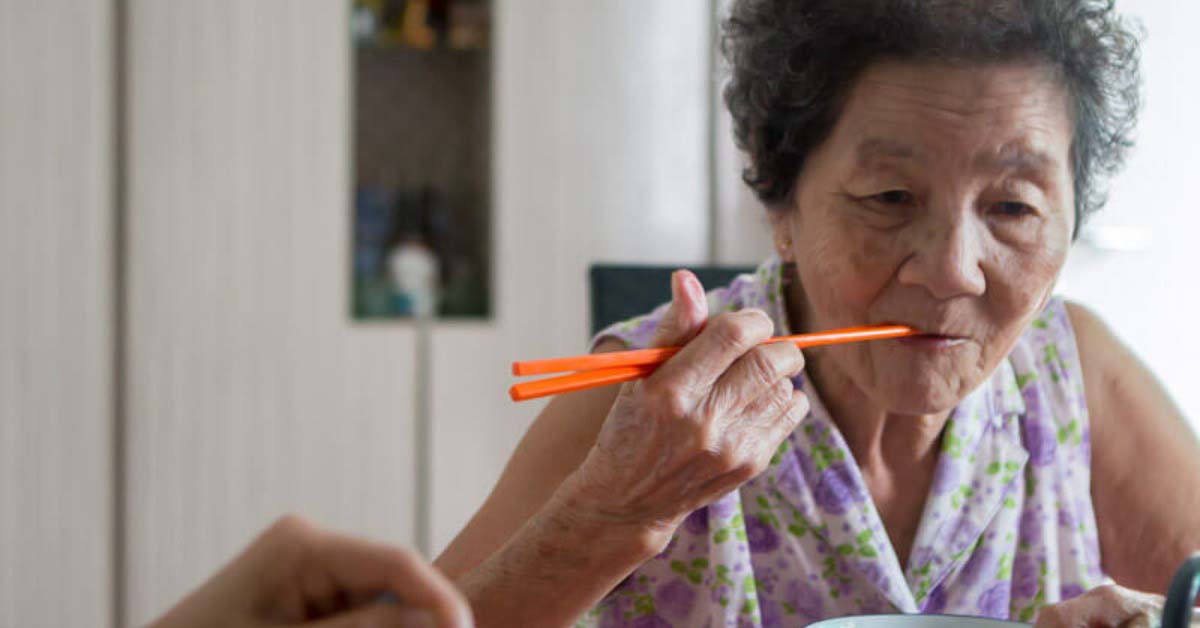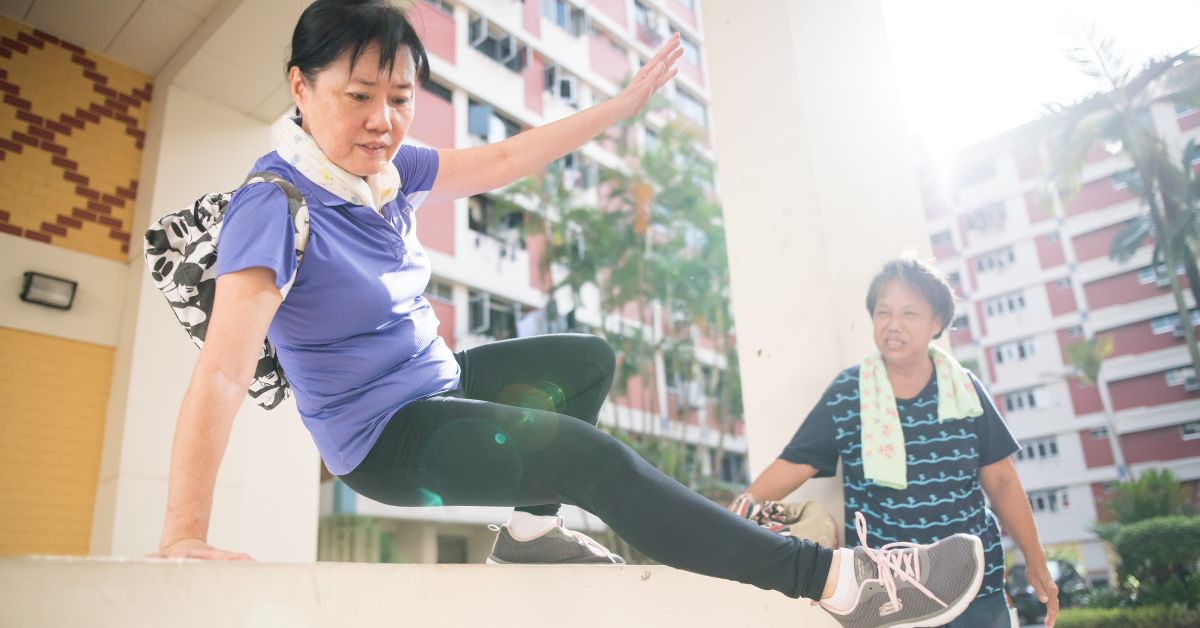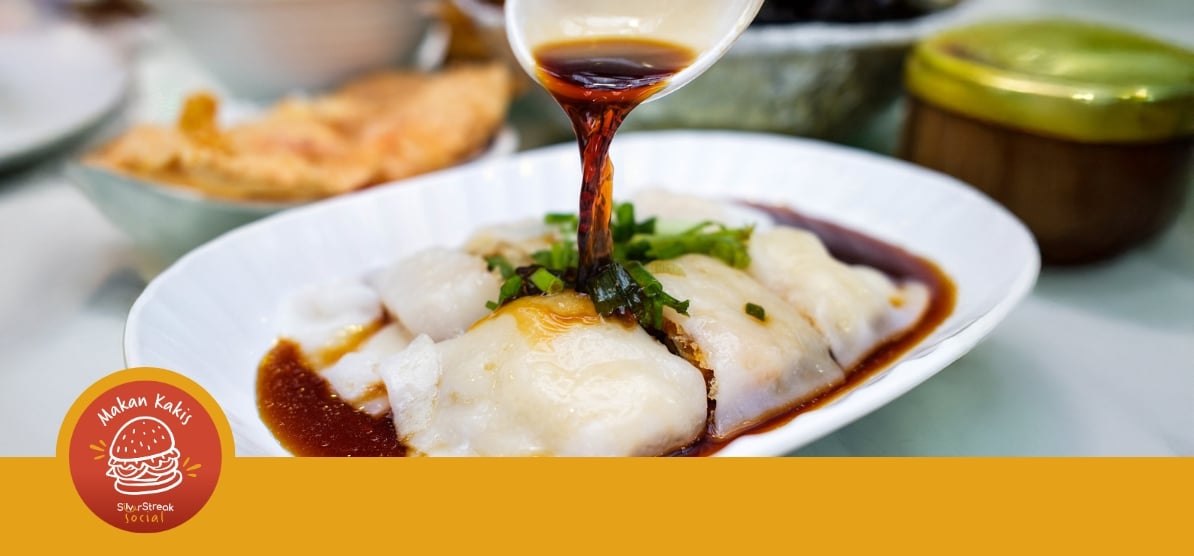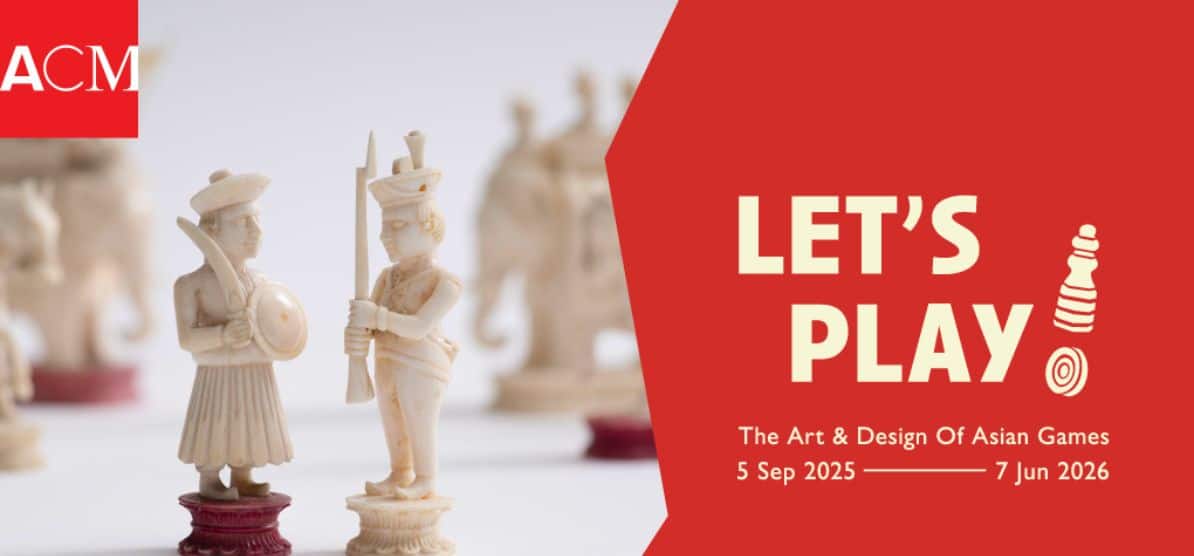
Summary:
- Hosting a gluten-intolerant guest requires understanding the difference between gluten intolerance and coeliac disease, both of which demand strict avoidance of gluten found in common Asian ingredients like wheat flour and soy sauce.
- Preparing gluten-free meals at home involves careful separation of utensils, appliances, and ingredients to prevent cross-contamination, as even small traces of gluten can cause discomfort or illness.
- While eating out can be costly and limited to specialised gluten-free restaurants, adapting with care and empathy shows respect for the guest’s health and makes the experience inclusive and meaningful.
What on earth is gluten? We had a house guest recently who has gluten intolerance. What is that?
All I know is that this house guest can’t eat noodles, fried stuff, dim sum, bread, and pastries (among many other similar things).
Can’t use the toaster nor cook food together with our food. Can’t eat at hawker centres, food courts, usual zi char outlets, and even most restaurants.
How do we accommodate? Do we tell the house guest to stay in a hotel instead? Unfortunately, we cannot do that because of very close family ties.
So off to Google it is for research on gluten.
Advertisement
Gluten intolerance and coeliac disease
So what have I found? Apparently, gluten intolerance is when you get sick after eating gluten. You may feel bloated, gassy, or tired.
Gluten is a protein found in many foods, especially in things like wheat and soy sauce. Gluten intolerance is also called non-coeliac gluten sensitivity.
Then there’s coeliac disease, which is more serious. It’s an autoimmune condition where the immune system attacks the small intestine whenever gluten is consumed. Even tiny amounts can cause long-term damage.
So I at least clarified one thing about my house guest: he is merely gluten intolerant, and will not get into an anaphylactic shock if he consumes gluten accidentally. He will feel bloated and uncomfortable if exposed, however.
There is no need to get an epi pen ready or put an ambulance on speed-dial, thankfully.
Being gluten-free in an Asian household

The main sources of gluten in Asian cuisine are wheat flour and soy sauce – two ingredients that show up in almost everything.
From noodles to dumplings, fried foods to stir-fry sauces (and even marinades), gluten sneaks in everywhere. That is why dining out at hawker centres, zi char places, or even regular restaurants can be so tricky.
So eating at home becomes the sensible thing to do. We started enquiring about gluten-free food and condiments we had to buy.
Many are available at our regular supermarkets, but we have to read the labels carefully. Gluten-free products are also usually more expensive than normal.
Frozen food, snacks, breads, and sauces for ourselves were bought and set aside separately so that they do not get mixed up with the gluten-free stuff.
The toaster, air fryer, and microwave have to be cleaned thoroughly before first preparing the gluten-free food, then our usual food.
And never share food with the guest, despite that being the normal Asian and hospitable thing to do. Neither do we use our “contaminated” utensils to dip into his food to try a piece.
While it may seem quite straightforward to list these requirements down, it’s quite another to put it into practice because it is not our usual way of life. The first few days were met with some faux pas, but it got better with time.
Cross-contamination is a real problem. Even a crumb of gluten can make a gluten-intolerant or someone with coeliac disease sick. So that means it’s not just about the ingredients – it’s also about the way the food is prepared.
There are two good approaches. One way is to make a completely gluten-free meal for everyone. With so many substitutes now available, this is often the simplest and safest option. Supermarkets carry gluten-free flours, and brands like Ayam offer gluten-free light and dark soy sauce, plum sauce, and more.
If preparing both gluten and gluten-free dishes, wash hands and surfaces often. Utensils, boards, and counters must be cleaned thoroughly, and it is essential to wash your hands every time you switch between gluten-containing and gluten-free food.
Also read:
Everdance: These 60 Seniors Have Danced In The Park Every Day For 10 Years
“I didn’t know it would last 10 years. But now, I want it to last for another 10 years,” says Everdance founder and dancing “auntie”, Koh Ya Fen.
Alzheimer’s Disease: Memory Loss That Is Not A Normal Part Of Ageing
From recognising the early signs to understanding its stages, treatments, and impact on caregivers, here’s what you need to know to better support loved ones living with Alzheimer’s.
Eating out
Forget about bringing him to our favourite food places. We will only get the same response from him: “Is it gluten-free?”
So instead, we will have to Google “Gluten-free friendly restaurants in Singapore.” These are places where their whole menu and kitchen are gluten-free.
Be prepared to pay an average of $15 for appetisers, $30 for entrées, and $10 for desserts. And we have to pay this amount for the whole group/family even if only one person is gluten intolerant, since we’re all eating at the same place together. There goes my budget for my favourite hawker and zhi char dishes.
But if considering a mainstream restaurant, always ask yourself these questions: Are the gluten-free dishes prepared in a separate area from the regular food? Are they cooked in the same oil, oven, grill, or wok as the gluten dishes?
If the answer is “yes,” the food may not actually be safe for the gluten intolerant.

Finding support and resources
The good news is that you do not have to figure it all out alone. There are active communities and resources that make the learning curve easier. One especially helpful one is the Gluten Free Singapore Support Group, where people share tips, recipes, restaurant reviews, and product finds that are safe to eat.
I have no affiliation with this group, but it was mighty helpful while I was learning how to adapt. Sometimes just reading the shared experiences of others makes the process less overwhelming
So how do you know if you’re ready to host a guest with gluten dietary restrictions? The most important step is to ask your guest about their dietary needs before they arrive.
If they mention gluten intolerance or coeliac disease, do not panic, and do not dismiss it as “just avoiding bread.” It is about protecting their health and comfort.
Yes, it requires extra planning, effort, and sometimes budget. But think of it this way: by adjusting your kitchen and your mindset, you are showing deep respect and love.
I want you here, safe, comfortable, and included.
You are saying:
In this part of the world where gluten intolerance and coeliac disease are still little understood, choosing to host with care is more than hospitality. It is empathy in action.






